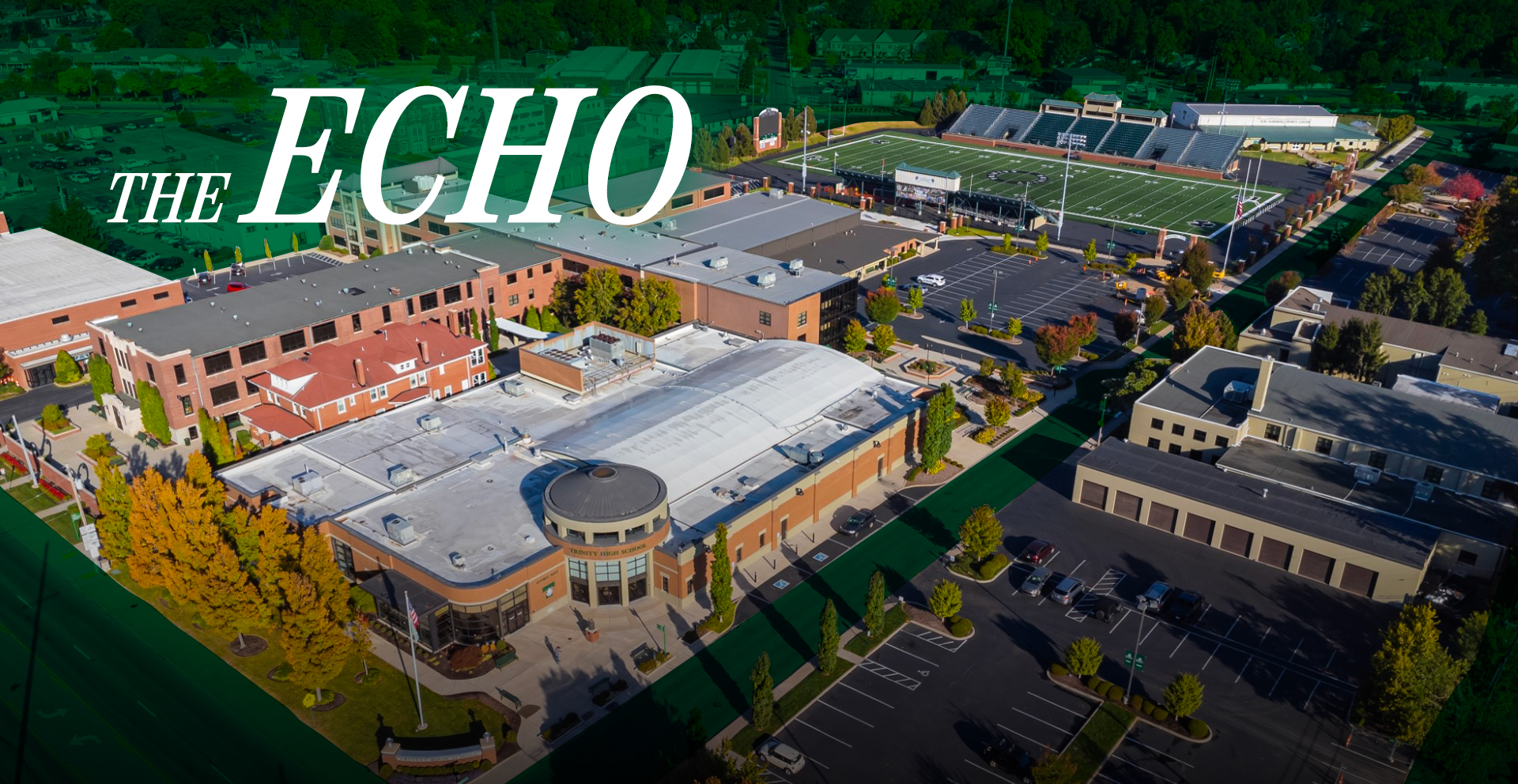From Japan to Ecuador, Rocks Planning Big Trips in ’23
May 20, 2022
From the majestic snow-capped slopes of Mt. Fuji to the vibrant and teeming beaches of the Galapagos, Trinity High school has much to offer students in the summer of 2023.
That summer, Trinity will be taking two out-of-country trips. One of the trips, to Japan, is being coordinated by Trinity history teacher Mr. Ethan Morris and Trinity media specialist Mrs. Betsy deGolian.
Trinity science teacher Mr. Michael Budniak and world languages teacher Mr. Carlos Cuenca are coordinating another trip, to the Galapagos Islands and Ecuador.
The trip to Japan will take place in June of 2023. “We will be going to all the major cities,” Morris said, “Tokyo, Kyoto, Nagasaki.”
Morris said they will visit “castles and shrines. We are hoping to see a lot of historical things.”
The trip will include different periods of Japanese history, from the Sengoku period during the 15th through 17th centuries to the period around World War II and into modern history.
“It’s a pretty good survey of Japan,” Morris said.
Nagasaki is a place where immense historical and cultural value exists.
“We will visit their history and culture museum, but we’re also going to talk about the atomic bomb and the effects that the atomic bomb had on Japan,” deGolian said.
Morris said that in addition to the history and culture museum in Nagasaki, “we’ll be looking at the original port of Japan, Dejima, which is in the harbor of Nagasaki, and the memorial to the victims of the atomic bomb and how they treat that in their history.”
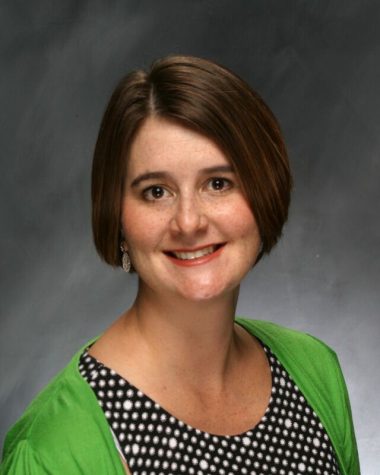
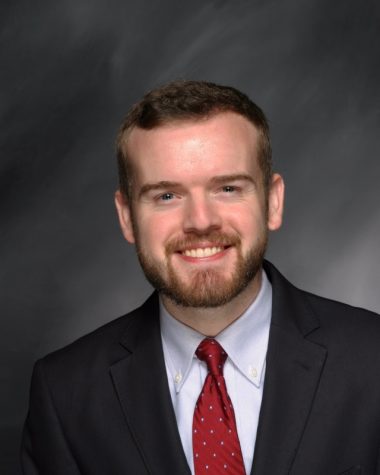
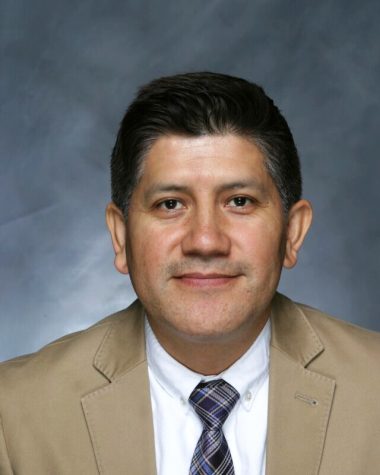
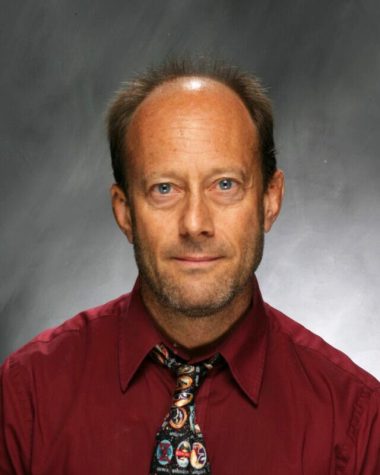
On the flip side of the historical focus of the summer trip, Morris wants students to experience “culture shock.”
He wants students to see “a world in which they are the minority. Everyone looks different than them, everyone talks differently than them, they speak a language which most of them have no knowledge of. Also, they’re going to be looking at cities that are constructed differently.”
Morris wants students to embrace the unfamiliar and have an open mind to new surroundings, environments, and cultures. In most places that Americans travel, he said, “You’ll be eating American foods, living in American-looking hotels, seeing for the most part Americans. It helps us build understandings and different perspectives.”
If students are interested in a scientific trip, they don’t have to look far. Budniak and Cuenca are heading a trip to Ecuador and the Galapagos Islands.
They plan a stay of at least a day in the capital of Ecuador, Quito, to experience the culture and history of the city. They will visit many historic churches and buildings.
Budniak said they also plan to visit a smaller community outside the main city to experience typical aspects of life — “a huge trading, bargaining, local products, craft fair environment.”
The trip will then turn toward the Galapagos Islands. Budniak said, “Guaranteed, we will be able to visit Isabella Island and (take) a volcano hike. We will be able to see and be on beaches and swim and snorkel in the environments of the islands.”
Here, the scientific study rears its head. “We want to give students the opportunity to truly understand, in three dimensions, the reasons why Darwin was able to see differences in life forms in very close, related environments and proposed the concepts of natural selection. You can see these things up close and personal.”
Open-mindedness is a theme Budniak hopes students take from this trip. He said, “I want them to keep an open mind, to gain perspectives on the commonalities that we share as human beings and the differences that they may take for granted living in the United States, living with the luxuries we have all grown accustomed to. It’s a combination of a cultural and scientific immersion.”
For more information about the trips, contact the teachers mentioned in this story.
